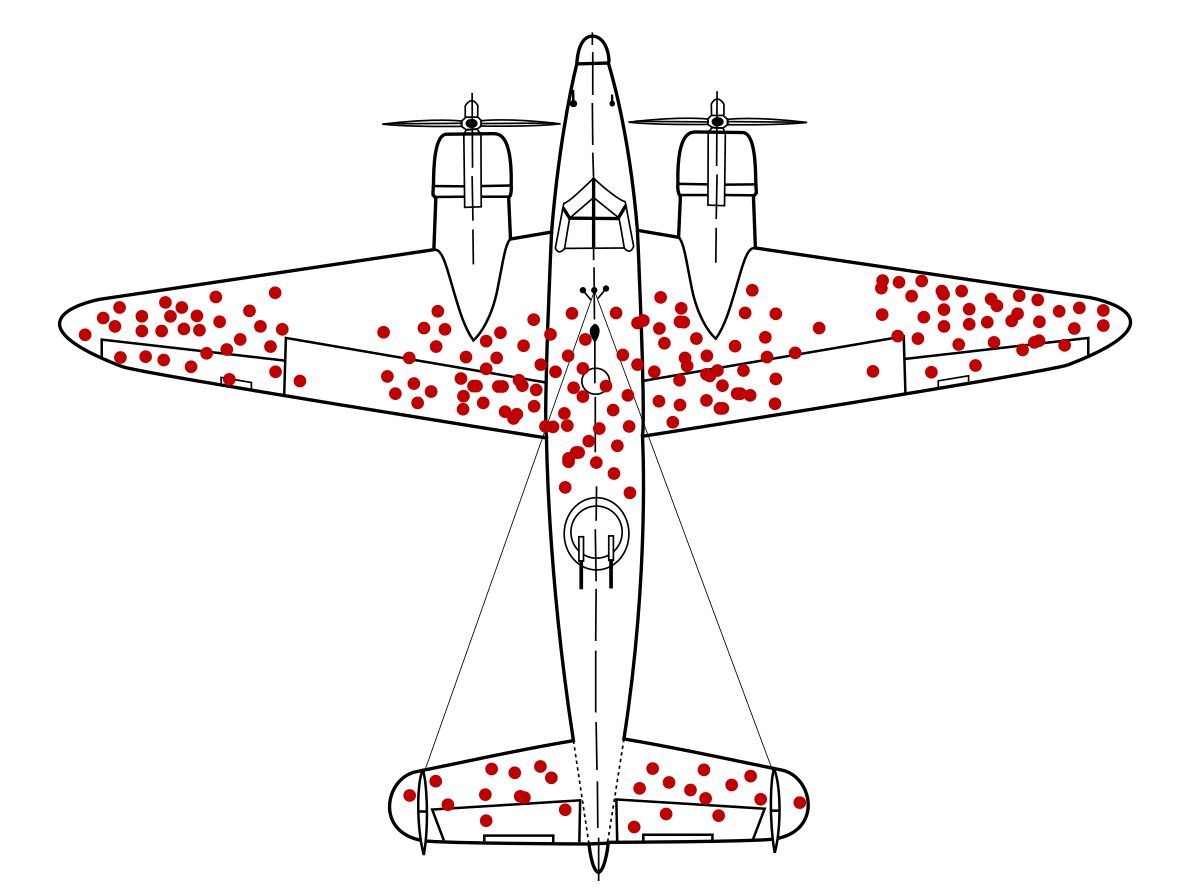Where to deploy limited resources will always be a balance between call volumes driven by population and the fact that, as a service provider, you still have a responsibility to somehow adequate serve the entire population. When I was still gainfully employed, we did a study of the response times and call volumes of a wide range of specialized police emergency services. It was consistent that the further a location was from a particular service, the less it was activated. When something is multiple hours away, locals and local resources often find other ways to solve their problem.
It even came up at my first promotional board. They consisted of scenario questions and when I being debriefed, they (mostly southern Ontario staff) made a comment that northerners seldom included a tactical team, helicopter, etc. My opinion was services that were multiple hours away weren't top of mind when you are trying to solve some situation.
Emergency services, by their nature, tend to be inefficient; you want them reasonably available when needed. The challenge is having expensive people and kit proximate to remote areas yet still remaining relevant, trained, keen, etc.

issues.skiesmag.com





